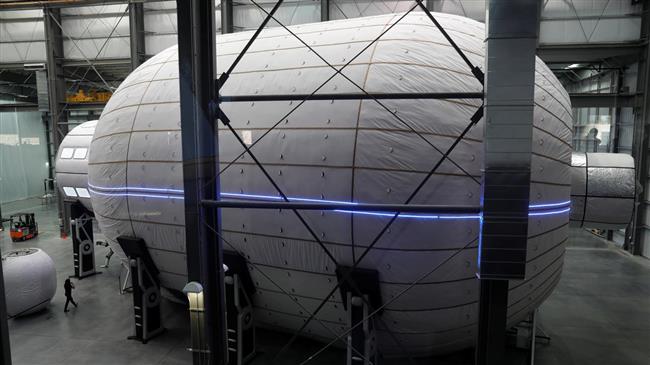Core stage of next Moon rocket ready: NASA
NASA has completed the giant rocket that will take US astronauts back to the Moon, the space agency's head says, pledging the mission would take place in 2024 despite being beset by delays.
The Space Launch System (SLS) is the tallest rocket ever built at a towering 212 feet (65 meters), the equivalent of a 20-story building.
It is also the most powerful, designed to reach a record-breaking speed of Mach 23 before separating from its upper stage, the Orion crew capsule.
But its development has been hit by delays and cost overruns -- its first flight was set to take place in November 2018, and its price tag has risen from $6.2 billion to $8 billion, or 29 percent, according to a June audit report.
Standing before the orange behemoth at the Michoud Assembly Facility in New Orleans, NASA administrator Jim Bridenstine called it a "very important day" for the space agency "when we get to announce core stage complete for in fact the SLS rocket.
"We are making significant progress towards achieving that Artemis 3 mission and getting our first woman, and next man to the south pole of the Moon in 2024."
The Artemis 1 mission will likely take off by June 2020, according to the audit report. The first test will be uncrewed.

NASA plans to land on the Moon's south pole in order to exploit its water ice, discovered in 2009, both for life support purposes and to split into hydrogen and oxygen for use as rocket propellant.
The agency views its return to the Moon as a proving ground for an onward mission to Mars in the 2030s.
It's not just the cost of the rocket that has spiraled: NASA will have spent roughly $34 billion on the SLS, Orion, and Exploration Ground Systems Program programs through 2019, a sum projected to increase to over $50 billion by 2024.
The future of the mission rests on continued political support, both from the White House and Congress, which is ultimately responsible for budget allocations.
(Source: AFP)
Make ‘right decision’ or face more US pressure, Rubio tells Venezuela’s Rodriguez
VIDEO | General Soleimani honored in Kashmir, Kargil
US, Israel waging ‘soft warfare’ to destabilize Iran after June defeat: Top general
VIDEO | Hundreds brave wind and cold to show solidarity with Gaza in Berlin
Israel kills more Palestinian civilians in Gaza amid ceasefire violations
VIDEO | Paris protest condemns US aggression against Venezuela
Pope Leo says Venezuela must remain an independent country
VIDEO | Germans condemn US aggression against Venezuela















 This makes it easy to access the Press TV website
This makes it easy to access the Press TV website